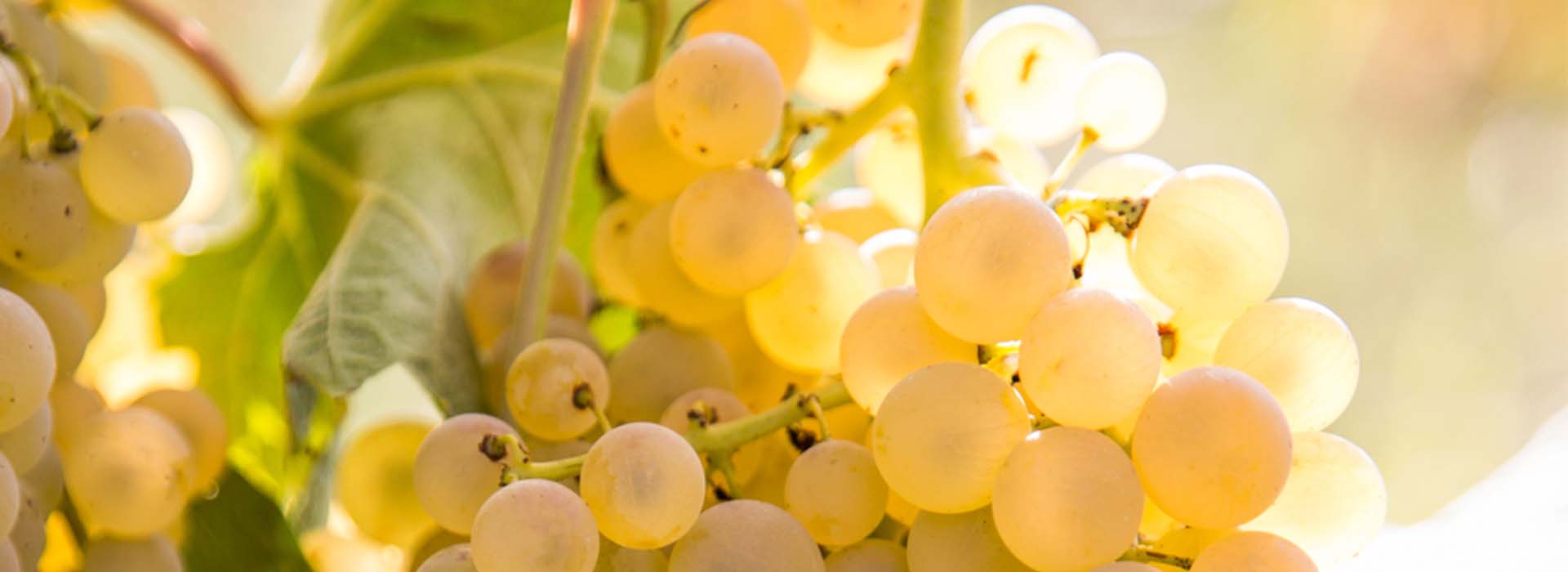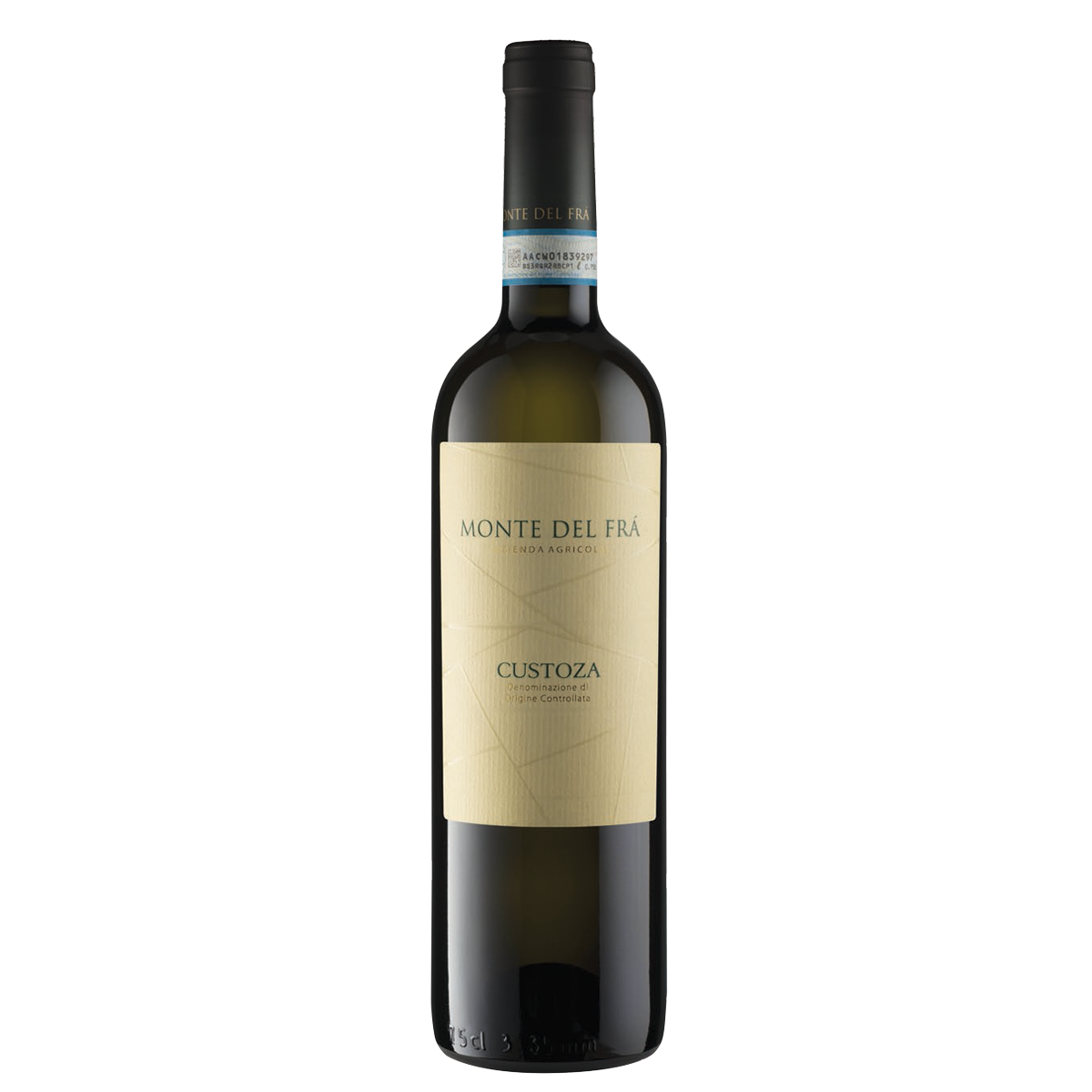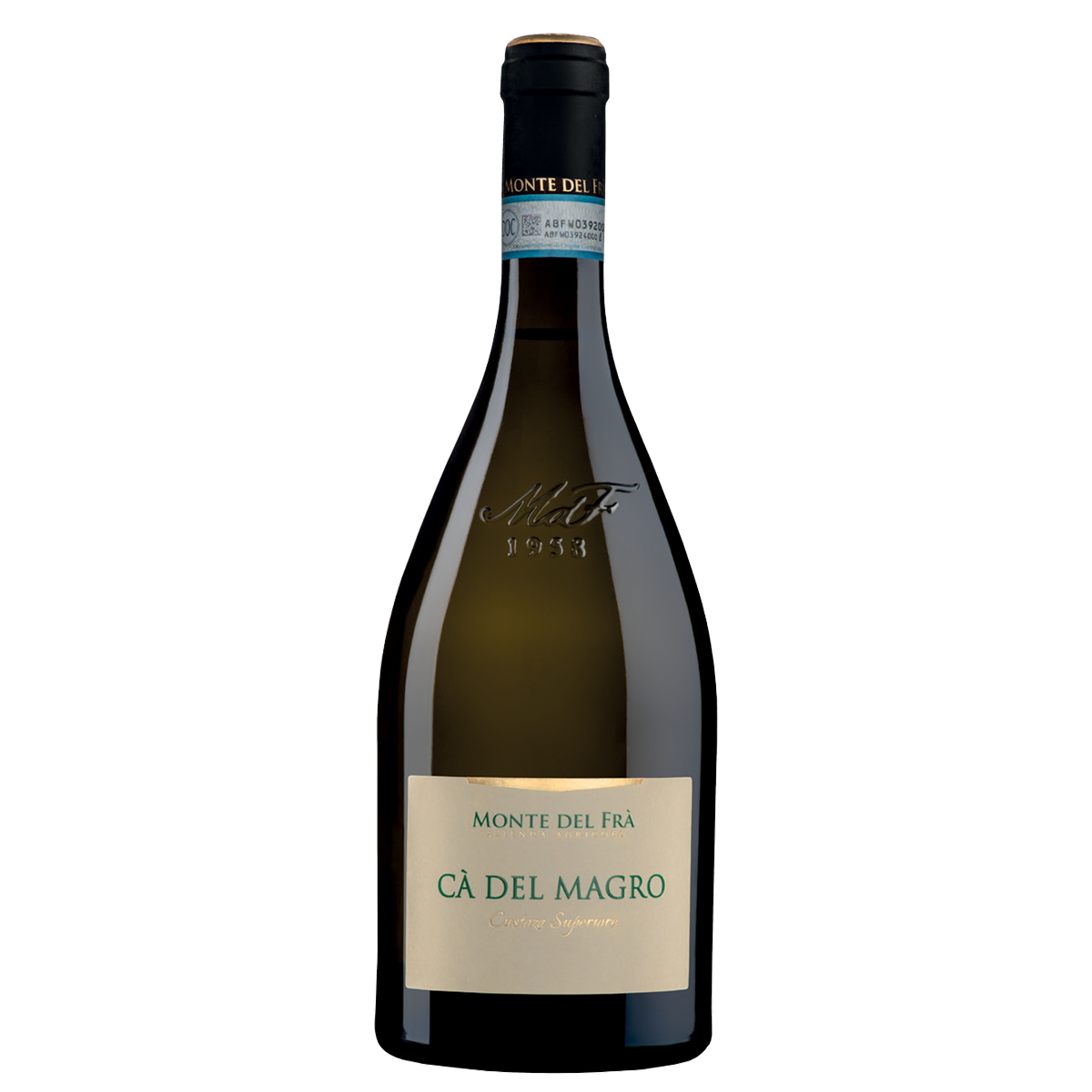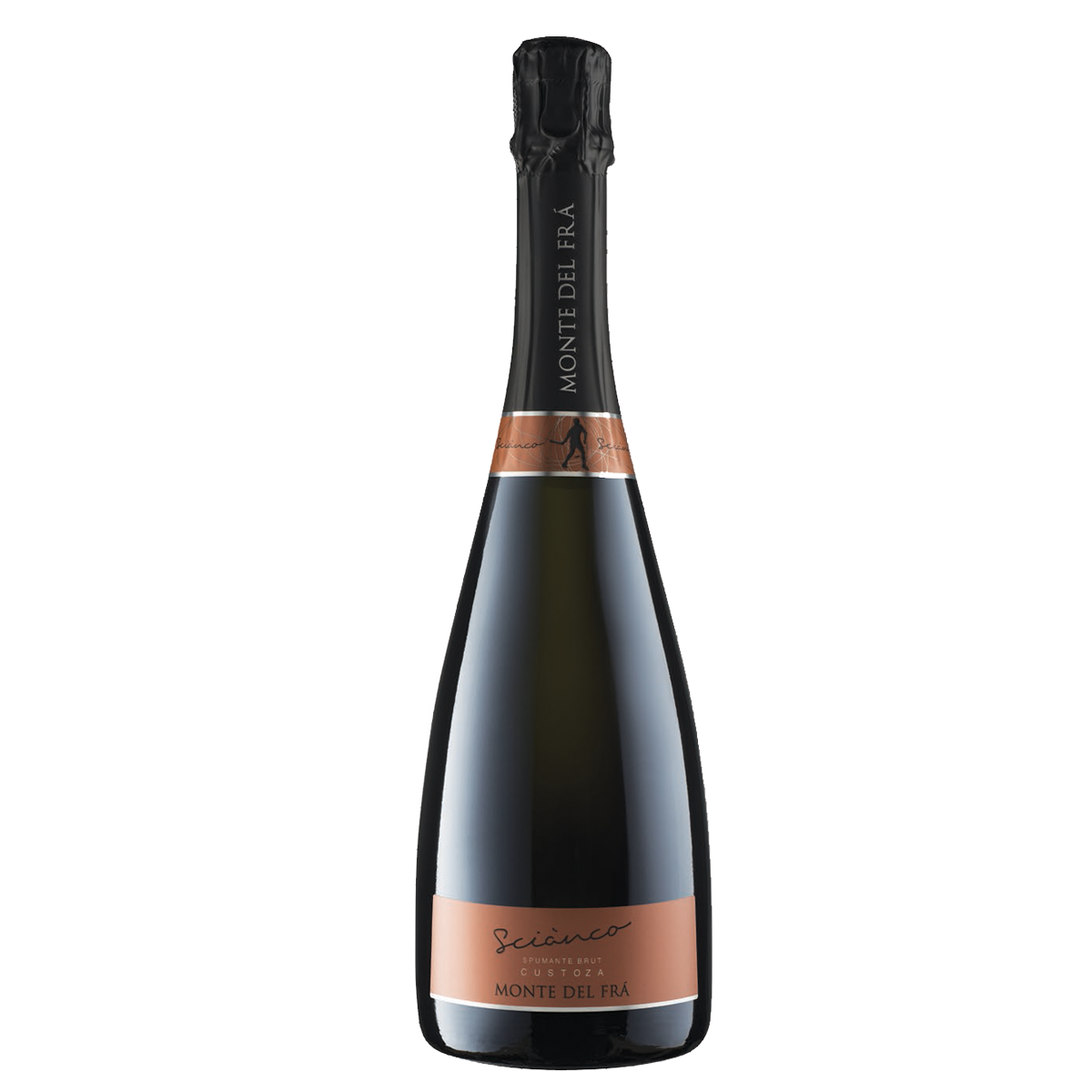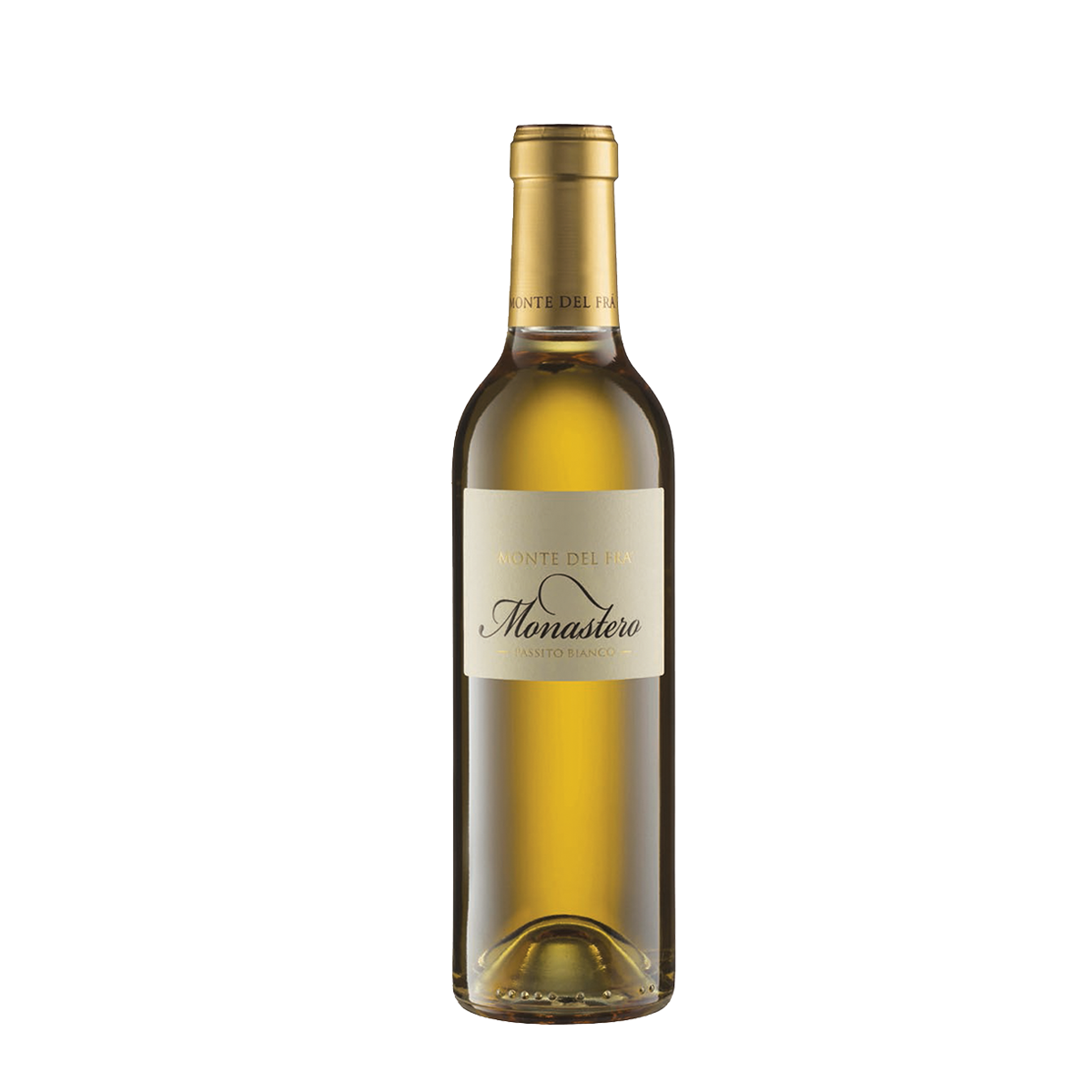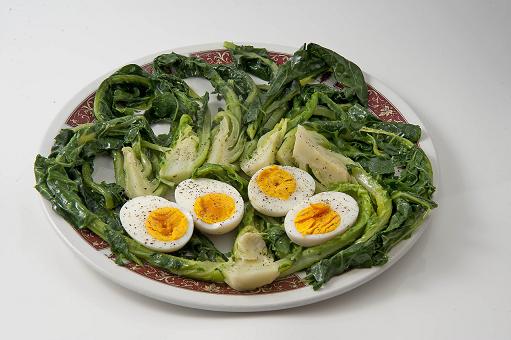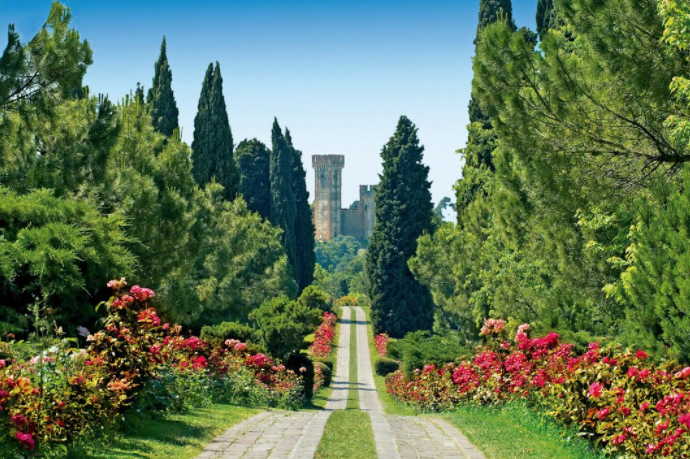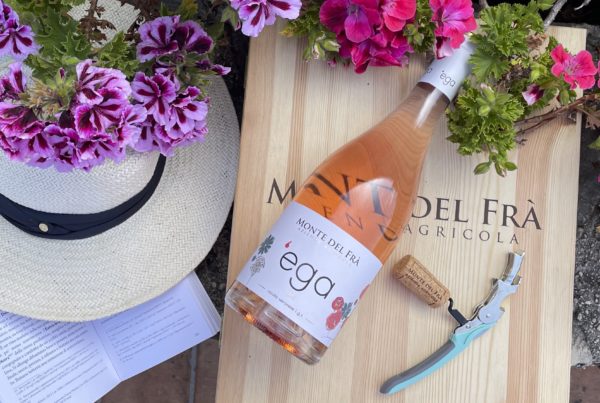THE CUSTOZA WINE

THE CUSTOZA WINE
Custoza wine is a white wine that stands out for its freshness, light aroma, flavor, and delicacy. It is produced in Italy in the Veneto region, an area that extends over the morainic amphitheater of Lake Garda in the municipalities of Villafranca di Verona, Sommacampagna, Valeggio sul Mincio, Peschiera del Garda, Castelnuovo del Garda, Pastrengo, Sona and Bussolengo (Garda Wines and the Best Food Pairings: Boffenigo Hotel 2021). The Custoza bears the name of a small town that arose in Roman times as a guard post on Via Postumia and the setting for the resurgence of bloody battles fought between the Italian and Austrian imperial armies. On February 8, 1971, the Custoza wine obtained the DOC controlled designation of origin, and a year later, the Consortium for the Protection of White Custoza wine was formed. This wine can be divided into different types: Custoza, Custoza Superiore, Custoza Spumante, and Custoza Passito.
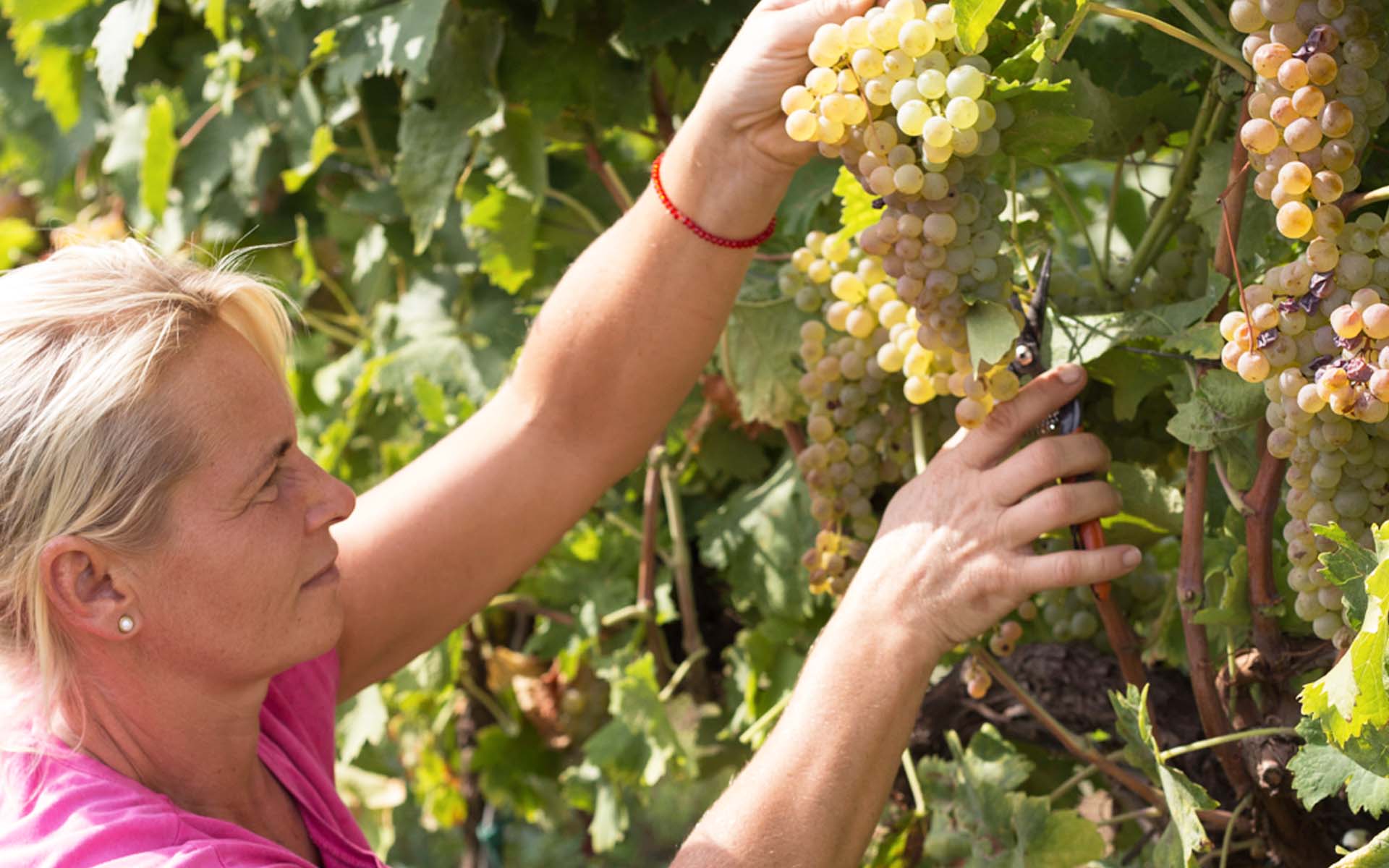
METHOD OF PRODUCTION
The grapes are harvested in autumn and vinified in steel tanks according to the type in different periods. In the superior and passito types, a period of refinement in barrique is allowed by regulation.
TYPES OF CUSTOZA
Custoza DOC
The Custoza DOC is a very fresh and easy-to-drink wine (Planas, 2020). The color is straw yellow with sometimes greenish reflections. On the palate, it is balanced, medium-bodied, and characterized by final notes of almond and slightly herbaceous. The vinification process of the Custoza wine begins with selecting the grapes and always takes place in the late summer period. Therefore, around the end of September, the harvest occurs, and the grapes are pressed with extreme care. Selected yeasts are then added to the grapes, which allow the fermentation process to start. Finally, the refinement is completed once the wine is placed inside the bottles. It has a minimum overall alcohol content of 11 ° degrees, and the recommended serving temperature is 12 ° C.
The Custoza Superiore DOC
It is obtained from grapes selected from a late harvest on a vine with a lower yield than Custoza. The production disciplinary provides that the grapes destined for its vinification ensure a minimum natural alcoholic strength of 11 degrees. Before being marketed, Custoza Superiore DOC must undergo a maturation period of at least five months starting from November 1 of the harvest year. It is a full-bodied white, intense, and suitable to last over time. At sight, it has a straw color, with tendencies to golden yellow, while the nose is pleasant, with aromas of ripe fruit and slightly aromatic. On the palate, it releases a soft, elegant, and medium-bodied flavor. It has a minimum overall alcohol content of 12.5 degrees, and the recommended serving temperature is 12 ° C.
Bianco di Custoza Spumante DOC
The Custoza Spumante DOC wine comes from the sparkling process of Custoza DOC and is offered in the Brut, Extra Brut, and Extra Dry versions. It can be produced with the Charmat method or with the Classic method if refermented in the bottle. It has an intense straw yellow color, golden reflections, and a fragrant, fruity, and slightly aromatic perfume. It has a delicate and floral aroma, and the taste is fresh, soft, and marked acidity. Its minimum alcohol content is 11.5 degrees, and the recommended serving temperature: 6-8 ° C.
Custoza Passito DOC wine
The Custoza Passito DOC wine is a type of wine produced through the ancient oenological practice of drying. The grapes are harvested late and selected according to the degree of ripeness and dried for about three months in plateaus within ventilated rooms called fruit houses. After the drying, the wine is made. Making the wine involves maceration of about 5 – 6 days with the skins and fermentation at a controlled temperature. The Custoza Passito DOC wine has an amber yellow color, with an intense and fruity aroma. It is sweet and velvety on the palate, and the flavor of dried fruit and honey is predominant. This wine is released on the market starting from September 1, following the harvest. It has a minimum alcohol content of 15 °, and the recommended serving temperature is 14 ° C.
ORGANOLEPTIC CHARACTERISTICS OF CUSTOZA
- Color: straw yellow, sometimes with green or golden reflections;
- Aromas: delicately fruity (crunchy yellow fruit and white fruit) and floral, slightly aromatic, with hints of saffron and meadow herbs. With aging, it expresses more the spicy scents and notes of ripe fruit;
- Taste: savory, slightly soft, with the right body and sometimes almondy in the finish.
THE VINES OF CUSTOZA
The white-fruit vines grown in the Custoza area are those of the production disciplinary: Garganega, Trebbianello, Bianca Fernanda, Malvasia Toscana, Riesling Italico, Sauvignon, Pinot Bianco, Chardonnay and Cross Manzoni. Let’s see the main ones:
Garganega
- ORIGIN: Garganega is an ancient vine of Greek origin, passed to Sicily and named Grecanico d’Or. Extremely adaptable to different soils and winemaking techniques, it can generate dry, sweet, still, and sparkling wines. This grape is widespread in Veneto, more than 30 percent of the total number of Veronese vines. In addition to the Custoza area, whose blend contributes from 20 to 40 percent, Garganega is also widespread in the Soave and Gambellare area on the Berici Hills. It gives aromatic wines, pleasant on the palate and nose for the fruity scent.
- CHARACTERISTICS: The cluster is large, long, cylindrical-pyramidal in shape, winged, and relatively loose. The grape is medium, spherical, slightly flattened; pruinose skin, not very thick, golden-yellow; pulp with a neutral flavor, slightly acidic.
Trebbianello
- ORIGIN: also known as Tocai Friulano or Tocai Italico, Trebbianello is a vine that claims at least two centuries of Italian character. Recent studies by the Experimental Institute for Viticulture have identified it as sauvignonasse, an old Bordeaux vine where it has practically disappeared.
- CHARACTERISTICS: it presents itself to the eye as a beautiful golden yellow, with greenish reflections. It is fine on the nose, with unmistakable aromas of fruit. It is soft and round on the palate, and the disciplinary allows it from 10 to 45 percent. The bunch is medium, truncated pyramidal, with one or two wings, medium compact.
Bianca Fernanda ( or Cortese )
- ORIGIN: the origin of the Cortese vine, which in the Custoza area is known as Bianca Fernanda, is not specific, but it is believed that it derives from the provinces of Alessandria, Novara, and Tortonese and has been known in Piedmont since the 18th century also with dialectal terms corteis, courtesia and courteis. The specification grants it from 0 to 30 percent.
- CHARACTERISTICS: it is a grape with golden yellow berries and sweet pulp. It is a robust vine that grows beautifully on hills exposed to the sun. It produces abundant fruits that ripen between September and October. It gives a straw yellow-colored wine with an intense, pleasant aroma. The cluster is medium to large, conical, pyramidal, winged, loose.
Incrocio Manzoni
- ORIGIN: This vine hides the fruit of the work of Professor Luigi Manzoni, dean of the Enological School of Conegliano, between the thirties and fifties. Riesling Renano and Pinot Bianco were crossed after several attempts to obtain Manzoni crossing. The specification grants it from 0 to 30 percent. It was included in the DOC thanks to the will of the Monte del Frà winery, which discovered how this vineyard was able to give longevity to Custoza.
- CHARACTERISTICS: Manzoni is often used in blending with other grapes for its contribution to acidity. It has a rich and delicate bouquet with fresh fruity notes and light aromas in purity. The bunch is small, short, medium compact, cylindrical-conical in shape, often with a wing.
GEOGRAPHY OF CUSTOZA
The production area of Custoza wine, not particularly large, occupies much of the southern territory of the strip of morainic hills that wind between Verona (Do Custoza wines age well? 2018) and Lake Garda. The Custoza area includes the territories of the municipalities of Sommacampagna, Villafranca di Verona, Valeggio sul Mincio, Peschiera del Garda, Lazise, Castelnuovo del Garda, Pastrengo, Bussolengo and Sona.
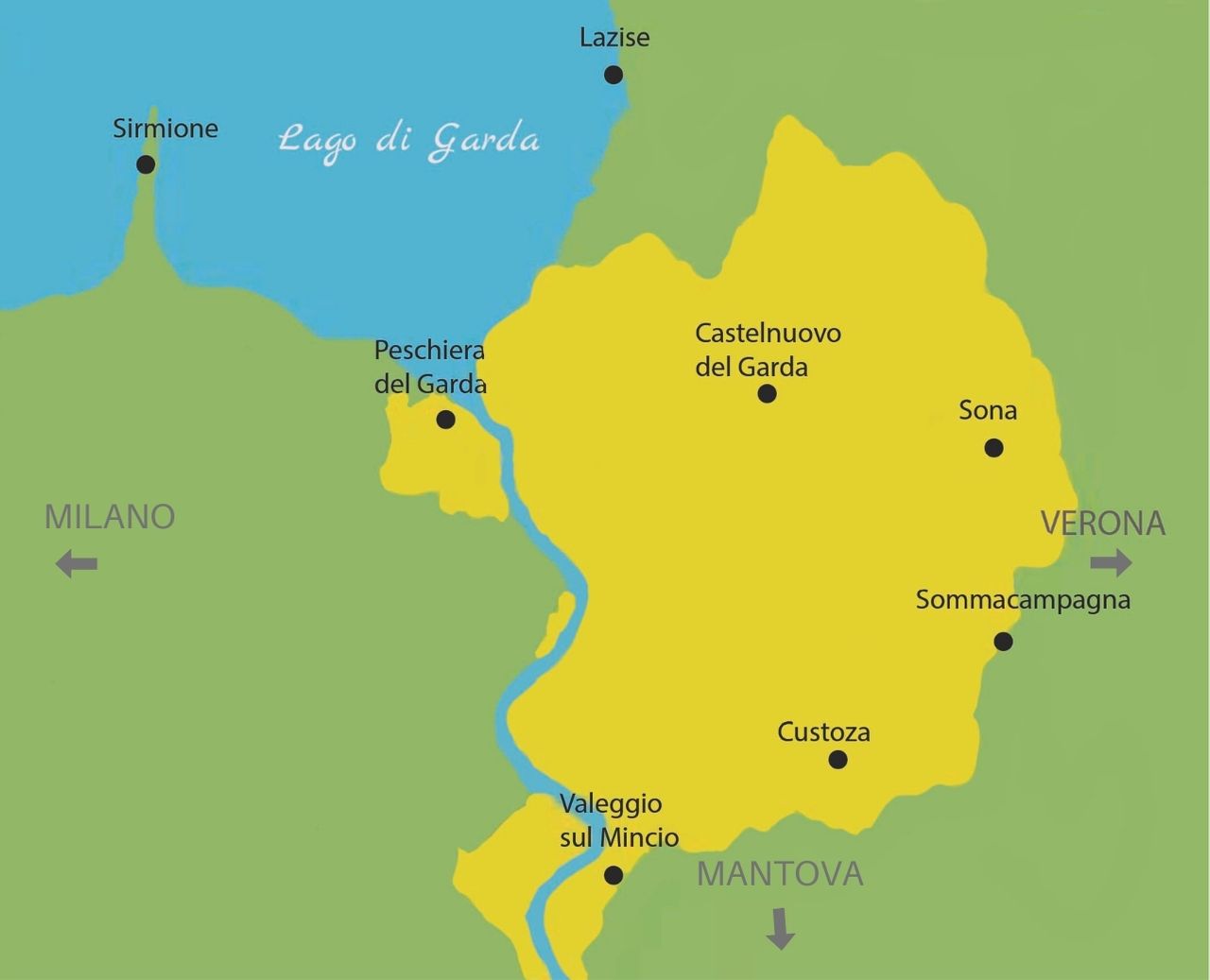
- The climate of the Custoza DOC area is Mediterranean and temperate: it is characterized by hot but not sultry summers and relatively cold winters, tempered by the presence of the nearby Lake Garda. The conditions create a favorable microclimate for the vine cultivation and the olive tree and cypress growth. Precipitation is evenly distributed throughout the year. Thanks to the hilly altitude, there is a daytime heating of the slopes and a nocturnal accumulation of fresh air, optimal situations to develop the aromatic characteristics of white grapes best. This climate mainly enhances the aromas of white fruit, crunchy yellow, and citrus notes in the Custoza.
- The soil is composed of Garda moraines formed at the end of the Pleistocene, a geological era characterized by numerous glaciations. During this period, Lake Garda (once called Benaco) was covered at the southern ends by the Atesino glacier. Subsequently, the erosion process induced by the glacier caused the birth of Lake Garda and the formation of moraines on which today the Custoza DOC vineyards rest. The hills that rise around the Benaco is made up of debris detached from the mountains and transported by the melting waters of the glacier, which, being rich in minerals and carbonates, give the wine a typical highly sought-after saline note. Furthermore, it is important to underline how Custoza is a highly territorial wine, as the current conformation of the soil (one of the factors that most characterize the terroir of wine) is the unique product of this long process.
HISTORY OF THE CUSTOZA
The first evidence of the domestication of vines in the Custoza DOC area dates back to the pile-dwelling period in the Pacengo area of Peschiera. Wheat, barley, grapevine, fig and bread were found among the plant remains and are kept in the Civic Museum of Natural History in Verona.
Other discoveries date back to Roman times (finds related to the use of wine have been found in the area), as evidenced by the mosaics preserved in Desenzano or the sculptures in Villa Decenturis. For instance, a child Bacchus with vine and bunch of grapes and the mosaic panel depicting winged geniuses in the act of harvesting.
Medieval period
Starting from the 9th throughout the Middle Ages, there is abundant documentation on the vine cultivation in the area between Pastrengo and Sommacampagna. In the second half of the nineteenth century, the area’s wine production begins to be identified with the name of Custoza, which refers to a fraction of the municipality of Sommacampagna famous for two battles that fought there during the wars of the Italian Risorgimento.
PAIRING WITH CUSTOZA WINE
The Custoza gladly marries both innovative cuisine and that linked to tradition. Thanks to its versatility, it goes very well with different foods;
- Pairings of the territory: tortellini from Valeggio, gnocchi from Lessinia, risotto with asparagus from Rivoli or bisi, lake fish such as whitefish, trout, eel, sardines, pike, tench, and carp or fried aole.
- Sea combinations: Raw prawns, tuna or swordfish carpaccio, octopus, and baby octopus. Pasta and risotto topped with fish sauce. Perfect with sea bass.
- Meat pairings: Perfect with boiled meats, white meats, and mixed grilled meats and cheeses and cured meats.
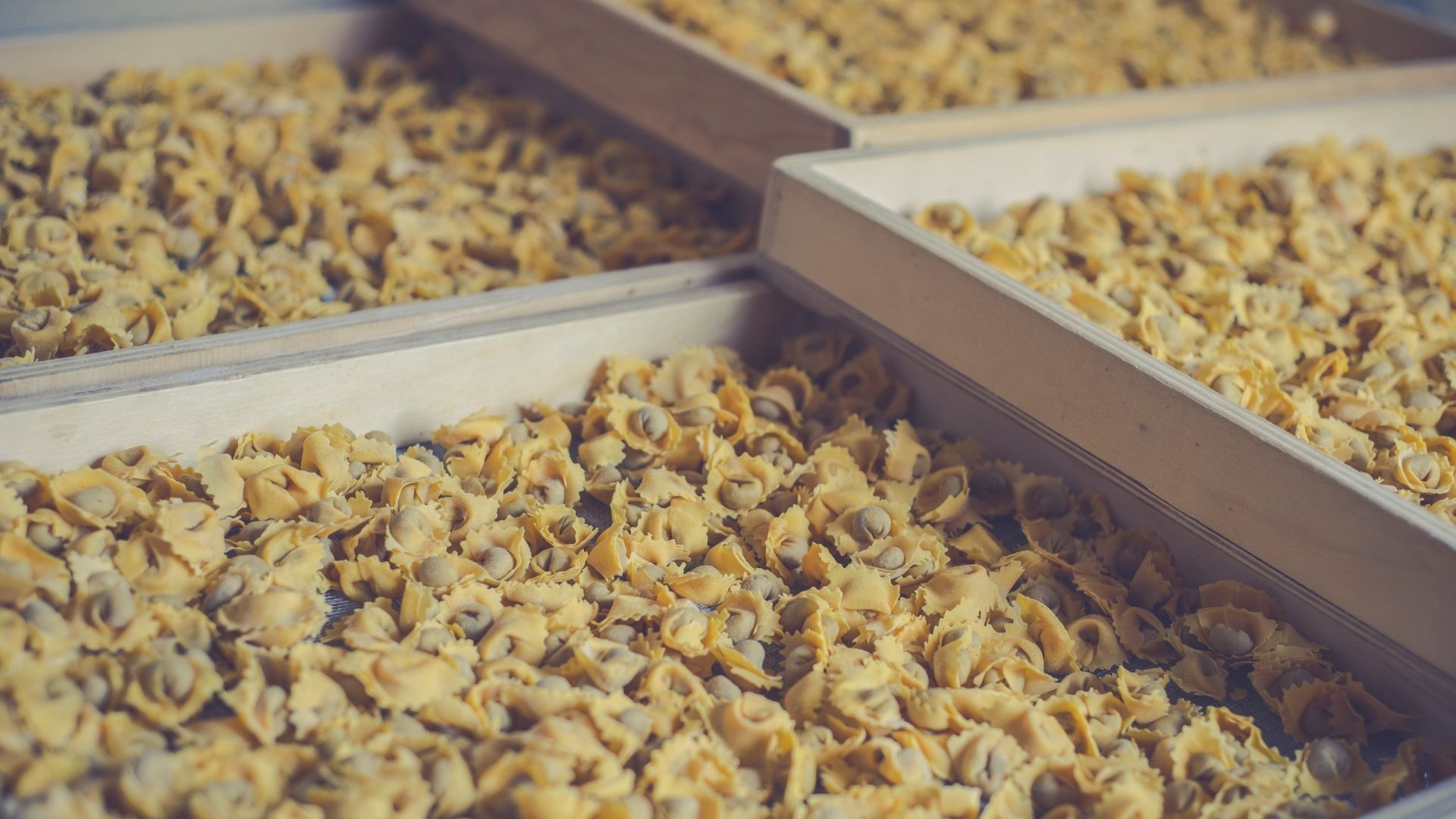
Tortellini from Valeggio
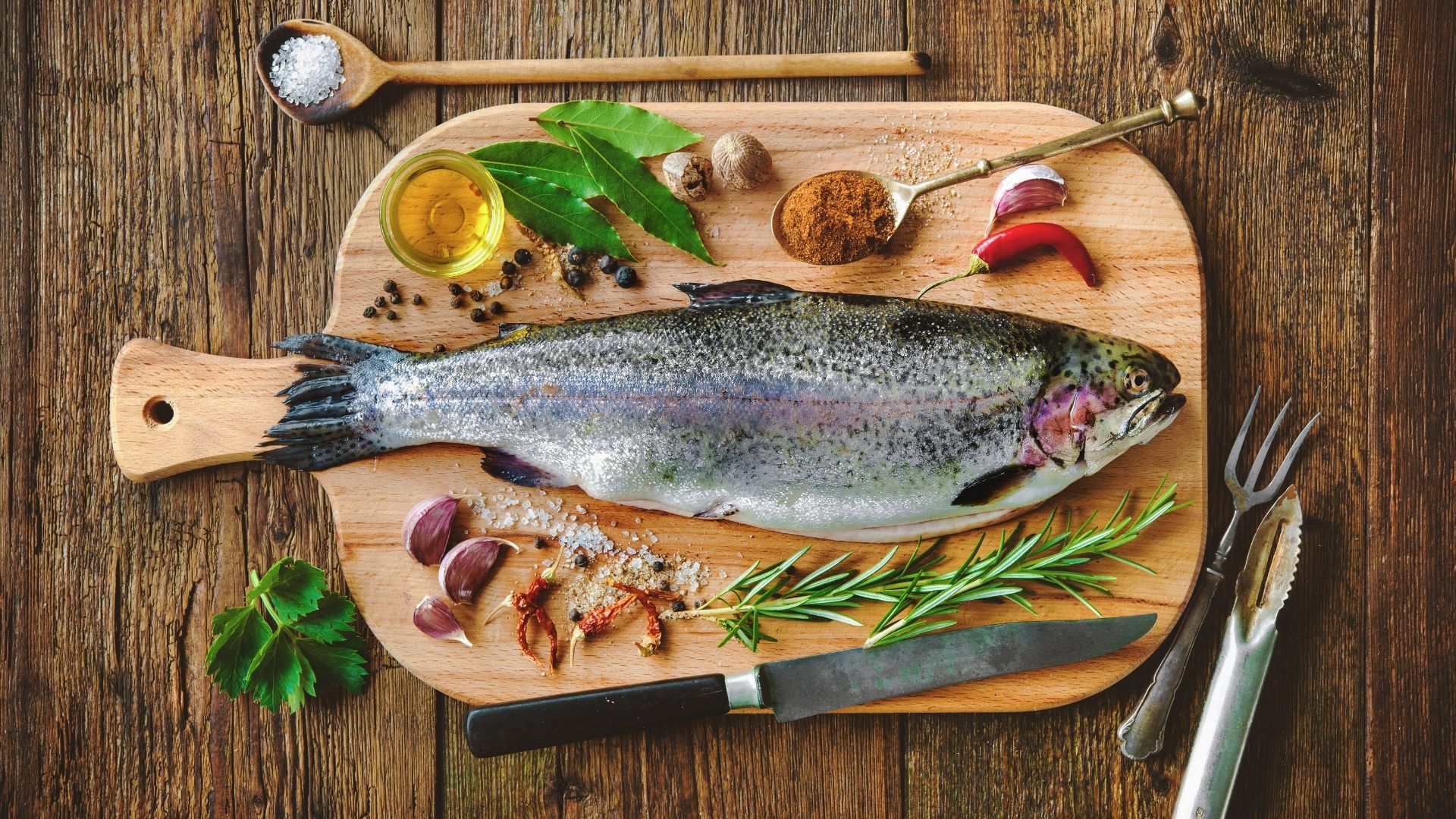
Lake trout
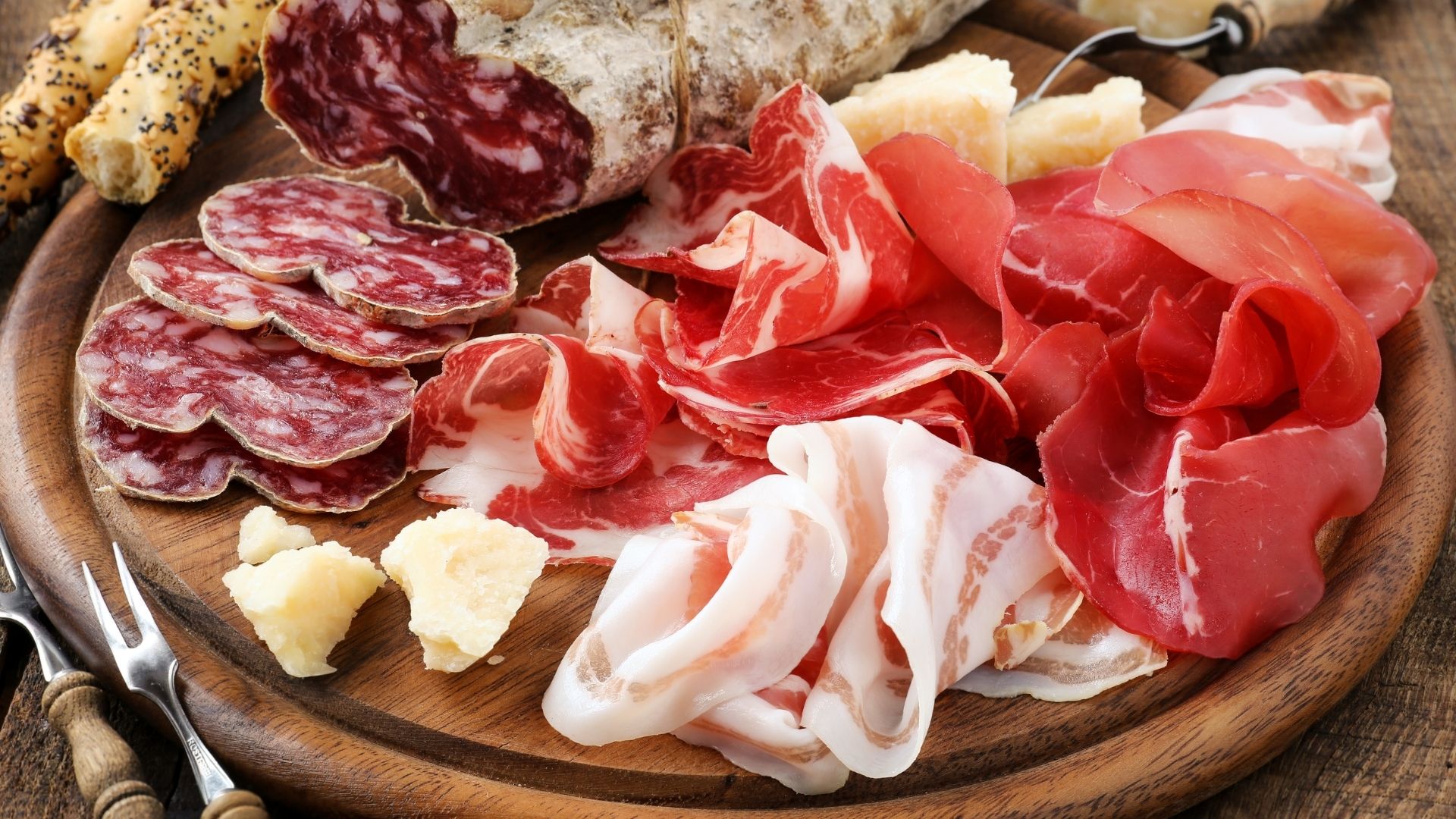
Local salumi and cheese
TYPICAL PRODUCTS OF CUSTOZA
The territory of Custoza boasts numerous food and wine excellences including the Broccoletto di Custoza, the tortellini of Valeggio and the sfogliatine of Villafranca.
-
Custoza broccoli
Broccoletto di Custoza is a vegetable with a sweet and delicate flavor, Slow Food presidium. It is a plant with long, expanded, and thin leaves, with a deep central vein from which it derives its savory taste—once it represented a recovery crop in the driest soils of the territory, often combined with vines. The harvest takes place between December and February. Besides, the Broccoletto di Custoza is rich in antioxidants, mineral salts, sugars, vitamins, and fibers, and local tradition has it that bunches of five tufts are packaged. The traditional recipe wants it simply blanched in boiling water, seasoned with a drizzle of extra virgin olive oil, and accompanied by eggs, salami, or sausage. Also excellent for risotto or sauces.
-
Tortellini from Valeggio
This specialty is also the protagonist of a great party that, every year, finds its ideal setting on the Visconti bridge that crosses the Mincio river, where thousands of people gather to taste the delicious filled pasta seasoned with melted butter and sage. Called in the Veronese dialect “Agnolign de Vales,” among the secrets are the quality and freshness of the raw materials and the use of Custoza wine to prepare the dough.
The most famous chefs from Valeggio call this wine the “king of the kitchen” and confess that the filling of the agnolini and the sauces to marinate the fish, the “baths” to soften and flavor the scallops, legs, and lambs are made using wine Custoza.
-
Sfogliatine from Villafranca
Sfogliatine is a recipe dating back to 1870. This typical donut-shaped cake is a specialty of the Villafranca area praised by numerous authors, including Berto Barbarani and Gabriele D’Annunzio, who celebrate its sweet taste in numerous poems.
FESTIVALS AND EVENTS IN CUSTOZA
It is worth organizing a weekend on Lake Garda in the first week of January on the occasion of the Flavors of Custoza Broccoletto festival, during which you can taste the vegetable paired with the best wines of the area.
On the third Tuesday of June, the “Love Knot” festival is held in Borghetto, a great food and wine event where about 4,000 diners take their seats on laden tables that wind along the entire length of the bridge.
WHAT TO SEE IN CUSTOZA VILLLAGE
- The Ossuary of Custoza
The ossuary of Custoza is located on the highest hill in the town. It accommodates the remains of the fallen in the First and Third War of Independence, respectively, of 1848 and 1866. At the base is the crypt with the shrine, while in the upper part, a small museum exhibits some artifacts dating back to the two battles.
- Path and House of the Sardinian drummer
An easy panoramic path to Custoza starts from the church square of San Pietro in Vinculis. Near the church, there is convenient parking and signs for the paths of Custoza. The path of the Tamburino Sardo is a circular path of about 3 km, pleasant and immersed in the vineyards that take its name from the story of a brave boy, the legendary Tamburino Sardo, whose sacrifice was narrated by Edmondo de Amicis in the book “Heart.”
Approximately halfway along, you will see the Thumper’s house and the monument to the memory of the Sardinian Brigade and its battles. Today, the restaurant of the same name is located next to the Tamburino’s house.
- The morainic hills from the Monte del Frà winery
Monte del Frà is a historic winery nestled in the morainic hills of Custoza. The wine producer of the same name also offers many tourist experiences, including picnics in the hills, E-bike tours with tasting, classic tastings, or the wine yoga activity. From the hill of this winery, you can see the vast expanse of vineyards that separate the Garganega grapes from Corvina (Planas, 2020), which produces Bardolino doc.
- Valeggio sul Mincio and the Sigurtà Park
Valeggio Sul Mincio is a small village surrounded by vineyards and hills (Garda Wines and the Best Food Pairings: Boffenigo Hotel 2021), an enchanting historical center, and an imposing Scaligero castle. Dating back to the thirteenth century, the Round Tower is visible today, while the rest of the building was rebuilt in the fourteenth century. The Villa Maffei Sigurtà, the summer residence of the Maffei counts, is also worth a visit. Nearby is also the wonderful Sigurtà Garden Park, open to visitors from March to November.
- Borghetto sul Mincio
This small medieval village was built in 1400 and founded its economic prosperity on grinding wheat and husking rice. Today, after many centuries, Borghetto preserves its beauty unaltered among ancient mills, Ghibelline battlements, and waterfalls formed by the Mincio river that create an atmosphere capable of taking you back in time.
.
